This post will focus on tissue-level dental implants. While bone-level implants have become the mainstream in the implant industry, tissue-level options offer distinct advantages. I will explain my preference for tissue-level implants, detailing the biological and mechanical reasons behind it.
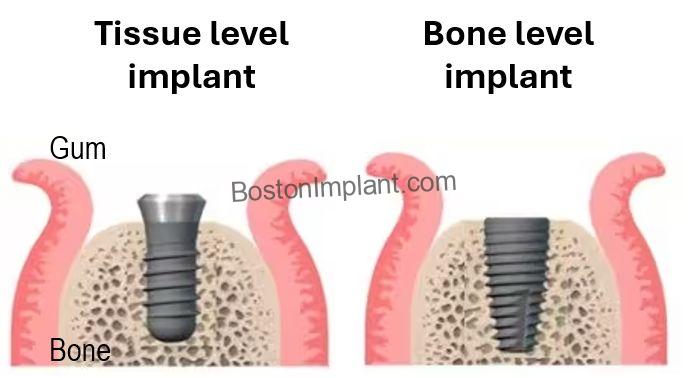
As illustrated in the image above, tissue-level implants feature an additional coronal portion that resides at the gingival level. This design makes them longer and wider at the top compared to bone-level implants. This seemingly small difference significantly impacts implant longevity. I will explain the two key advantages of tissue-level implants for long-term success.
1. Biological Considerations
As previously mentioned in the previous post about the structure of dental implant, a dental implant consists of three main components: the implant fixture (which functions like the root), the abutment (the connector), and the crown. It’s a well-known principle that connections in any system are often the weakest points, prone to leakage. Similarly, the interface between the implant fixture and the abutment represents a potential area of vulnerability.

Unlike natural teeth, which benefit from root surface cementum and periodontal fiber attachment, dental implants are inherently susceptible to direct bacterial invasion of the supporting alveolar bone. This lack of natural defense mechanisms can trigger a rapid host immune response, potentially leading to peri-implantitis, a condition characterized by rapid and severe bone loss around the implant. This weak connection point can exacerbate this risk.
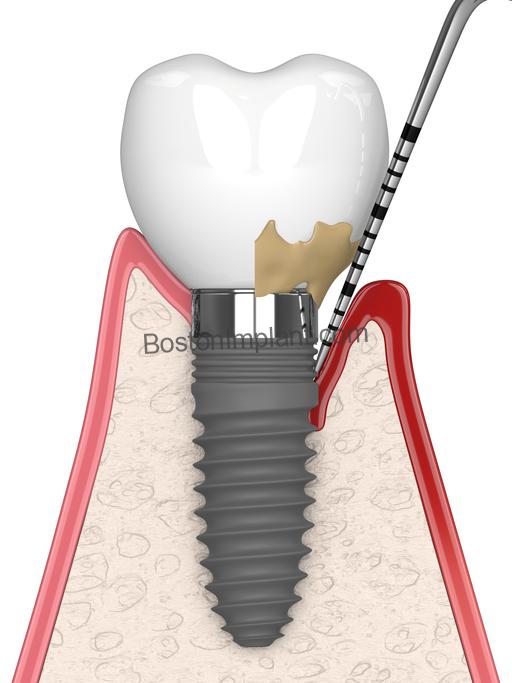
Consider the bone-level implants. Their connection is located at the bone level. Despite manufacturers’ efforts to create a seamless connection, a microscopic gap invariably exists between the implant fixture and the abutment. This microgap can become a niche for plaque and bacteria accumulation, potentially migrating along the connection and ultimately causing bone loss around the implant fixture.
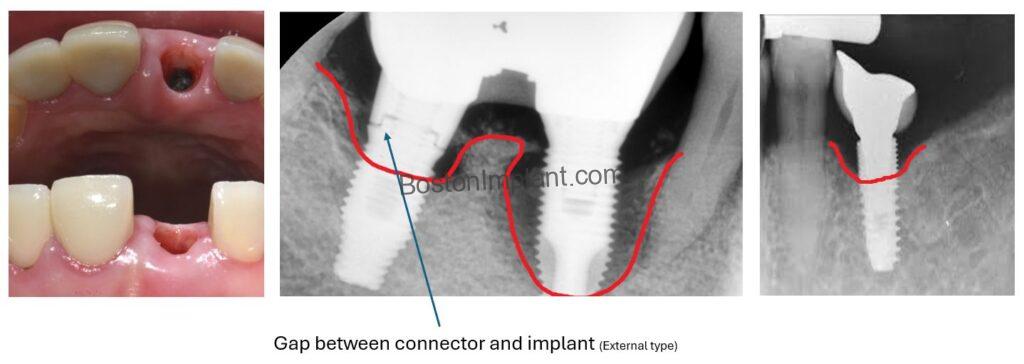
Now, let’s examine the tissue-level implants. Their connection is situated at the gingival level. Even if plaque accumulates in this area, its supra-gingival (above the gum) location makes it more accessible for effective patient cleaning. Furthermore, the connection being at the gum level effectively creates a seal at the bone level. Consequently, the incidence of peri-implantitis with tissue-level implants may be lower compared to bone-level implants.
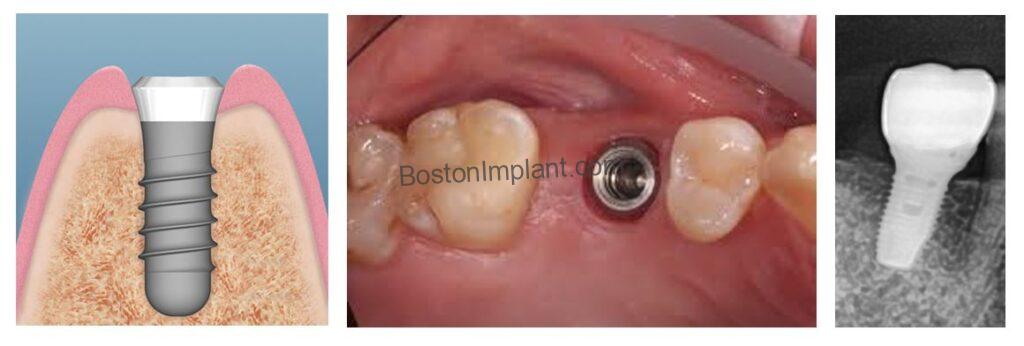
2. Mechanical Considerations
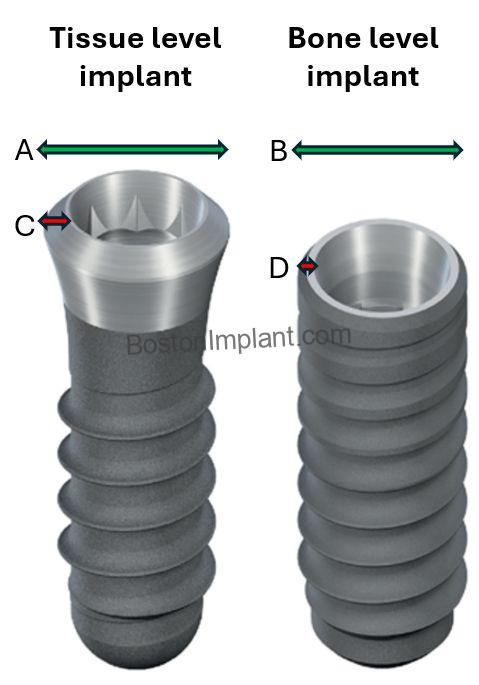
When placing dental implants, the primary factor guiding the choice of implant diameter is the anatomical location (anterior teeth, premolars, molars).
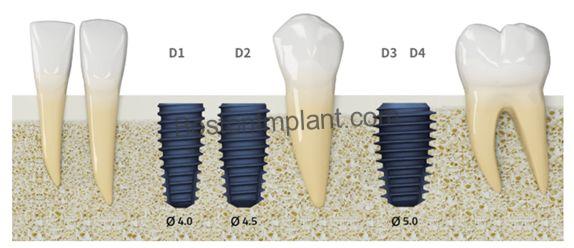
Generally, for molars, a diameter of 4.5mm (0.177 inches) or greater is recommended to ensure adequate mechanical strength. However, bone thickness decreases after extraction and insufficient bone width often necessitates extensive bone grafting procedures.
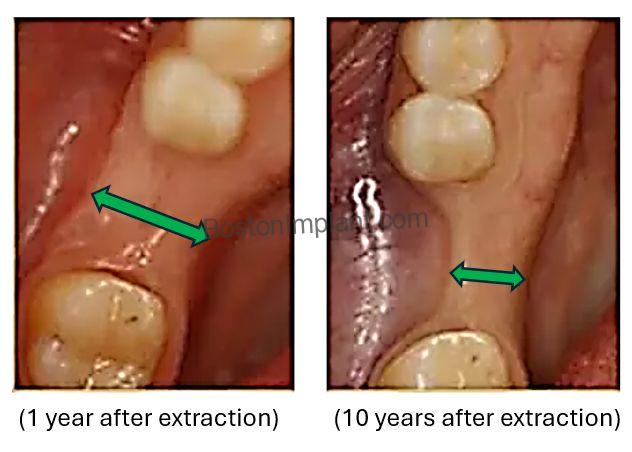
This can increase the complexity of the implant procedure and introduce a potential point of failure due to the inherent risks associated with bone grafts. Consequently, patients may sometimes receive thinner implants (less than 4.5mm in diameter). Furthermore, the direction of occlusal forces differs between the two implant types. Bone-level implants tend to redirect vertical occlusal pressure diagonally and outward.
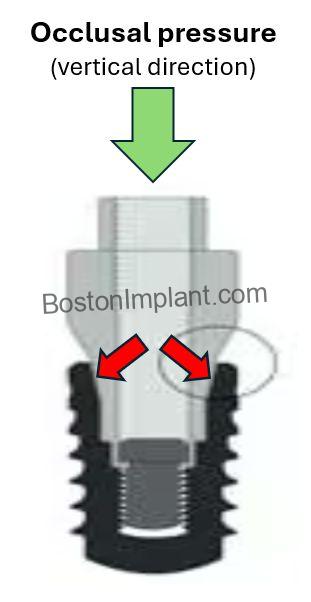
As a result of the factors discussed, bone-level implants experience a greater incidence of mechanical failures, including fractures and stripping, than tissue-level implants.

In contrast to bone-level implants, tissue-level implants feature a consistent 4.8mm diameter platform, irrespective of their body size. This standardized platform can provide sufficient mechanical strength.
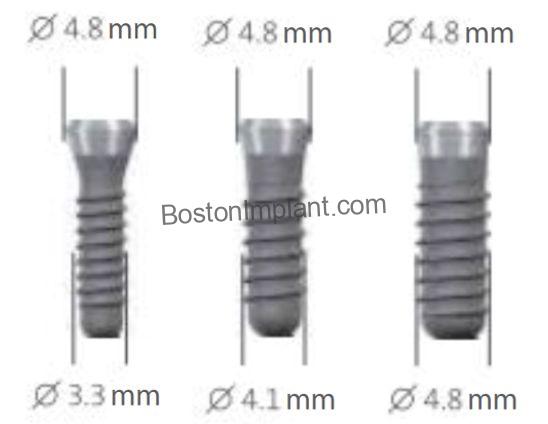
On top of that, tissue-level implants direct vertical occlusal forces vertically and inward, which may contribute to greater fracture resistance.
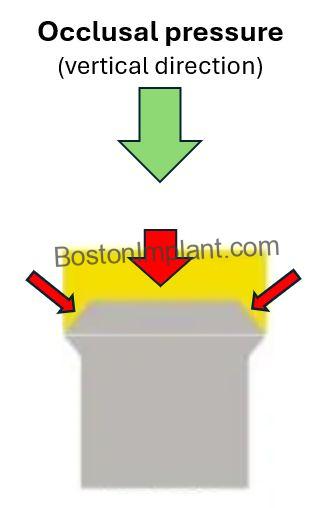
Finally, the connection design presents another key difference. The connection of bone-level implants is situated below the gum line, making visual confirmation of a precise abutment-implant fit challenging. This can sometimes lead to unnoticed misfits. (As illustrated in the green circle in the image below, a gap can exist between the abutment and the implant.)

Conversely, the platform of tissue-level implants is located at the gum level, facilitating a clinically easier and more accurate assessment of the abutment fit.
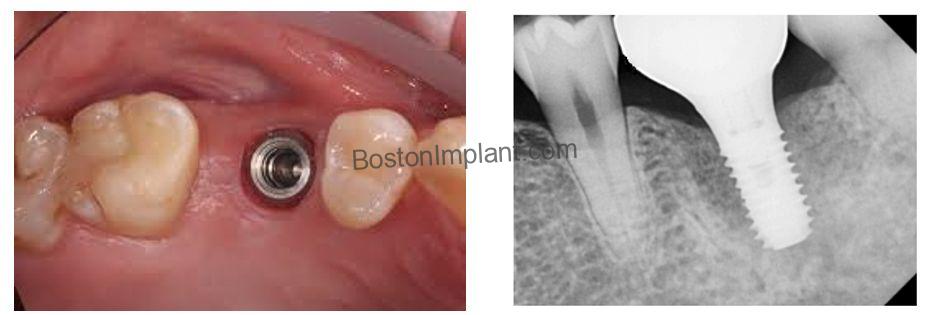
Why Tissue-Level Implants Are Less Commonly Preferred
Despite the advantages I’ve outlined, tissue-level implants are not as widely used by implant dentists. I believe this is primarily due to the following factors:
- Initial Stability: Tissue-level implants often have a more cylindrical shape, whereas bone-level implants tend to be more tapered. Analogous to driving a nail into wood, a tapered shape generally achieves initial stability more easily than a cylindrical one. Achieving sufficient primary stability with cylindrical tissue-level implants requires more refined surgical skills.
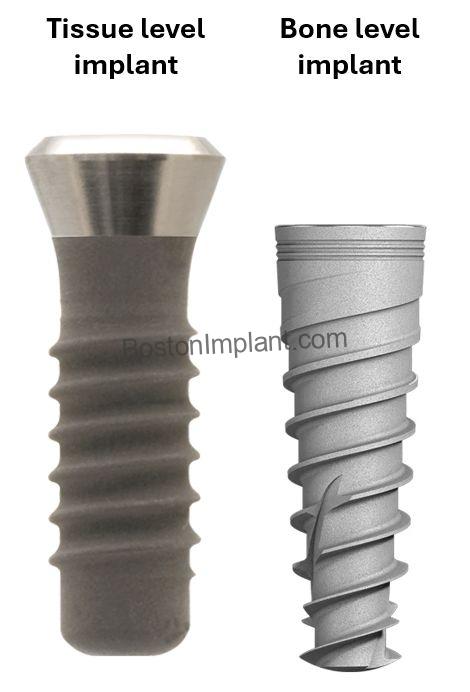
- Additional Coronal Height: Tissue-level implants have two distinct components: a portion intended for osseointegration within the bone and a coronal portion designed to integrate with the gingival tissues. Accurately positioning both parts to match the bone height and gingival thickness requires more meticulous planning and surgical expertise.
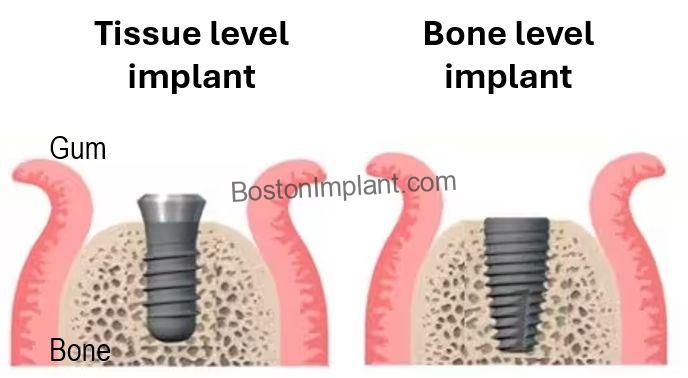
- Precise Initial Placement: While the integrated gingival component of tissue-level implants offers advantages, accurate placement is critical. The gingival margin must be precisely centered at the ideal position. At Boston Finesse Implant Center, we utilize surgical guides to ensure the accurate placement of every dental implant.
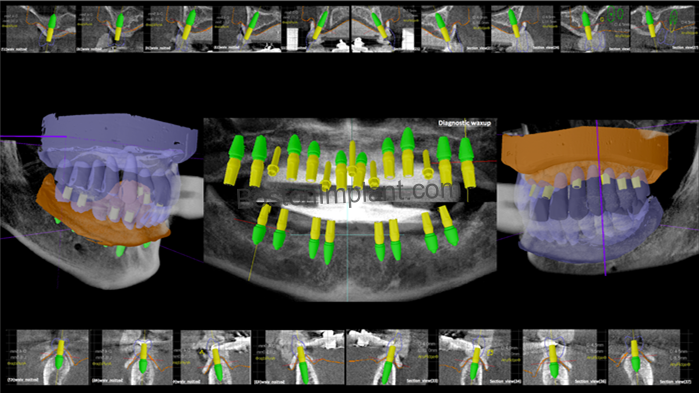
To conclude, although achieving optimal outcomes with tissue-level implants necessitates significant surgical experience and effort, their superior long-term success rate is consistent with Boston Finesse Implant Center’s commitment to excellence. My next post will detail clinical scenarios that necessitate the use of bone-level implants. Thank you for reading, and I look forward to sharing more information soon.
Boston Finesse Dentistry & Implant Center
183 Essex St, Boston MA 02111
617-286-6515 (Call/Text)SLee@BostonImplant.com

